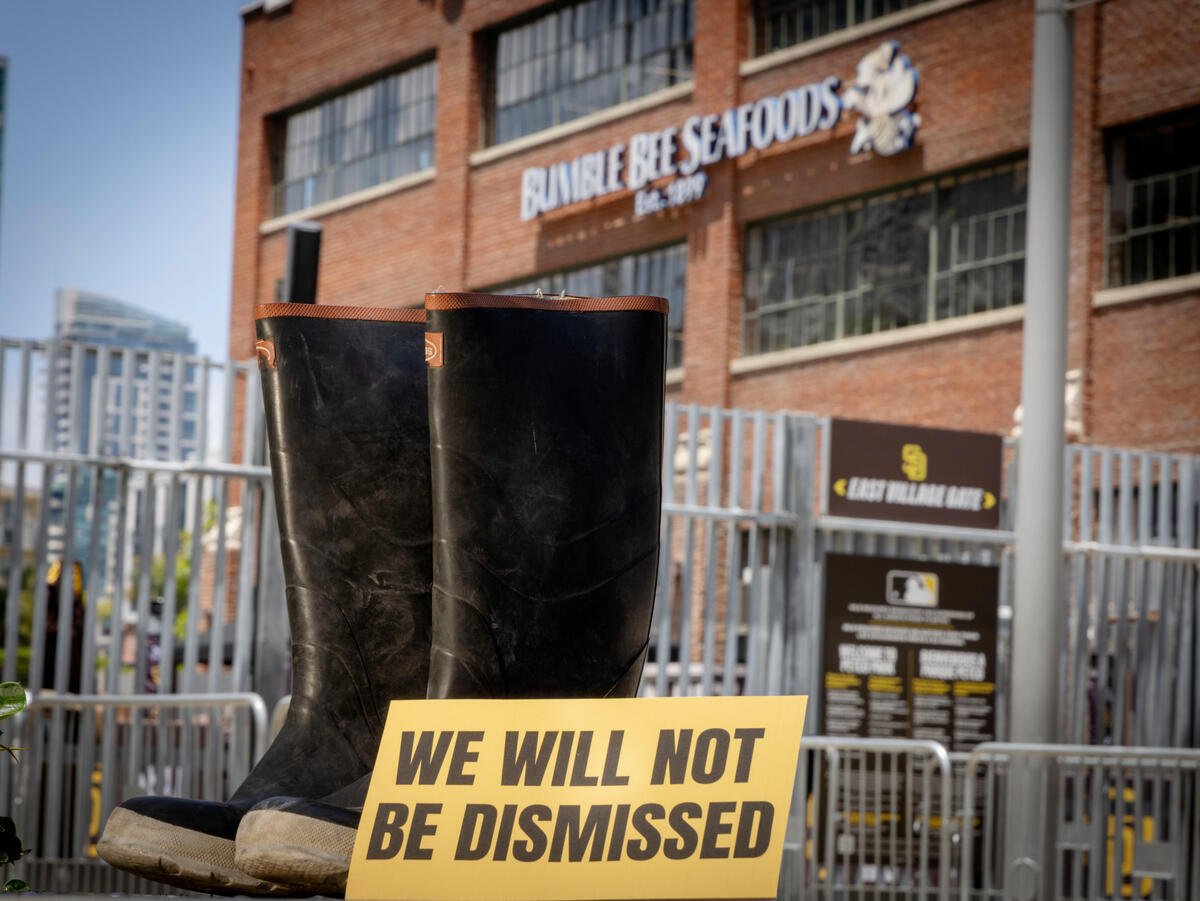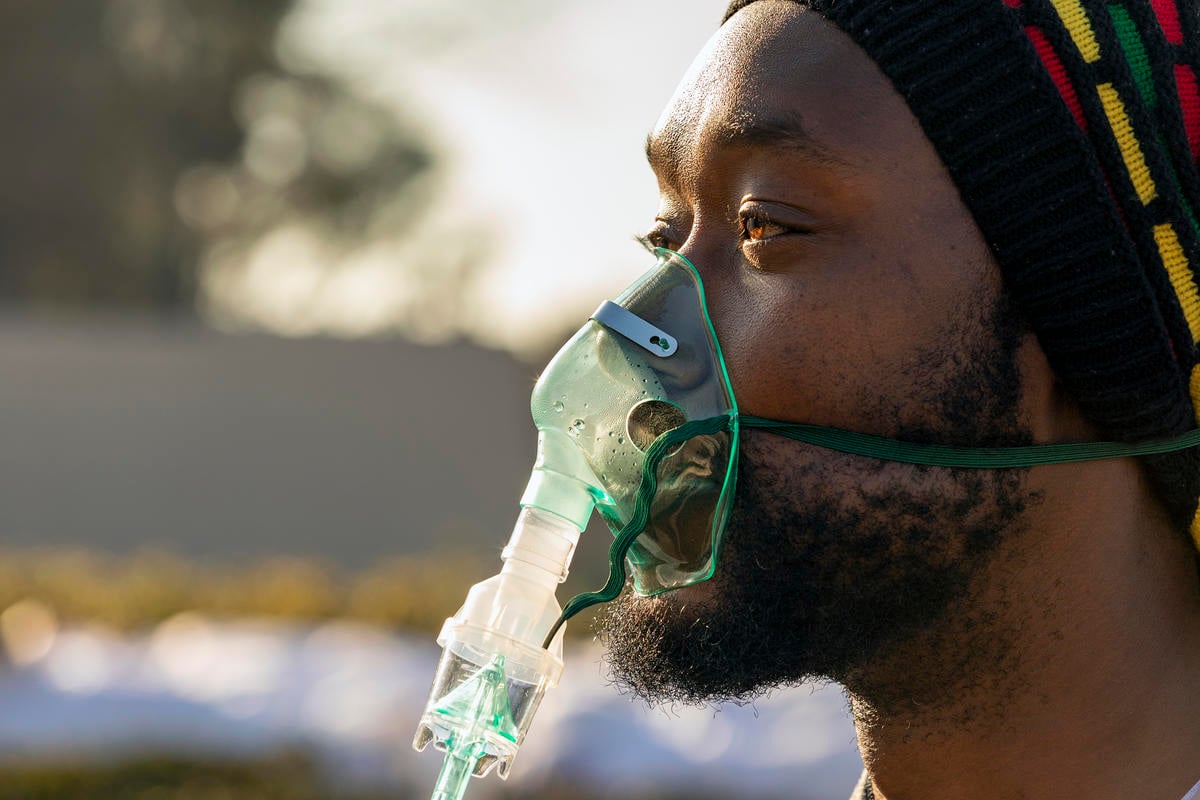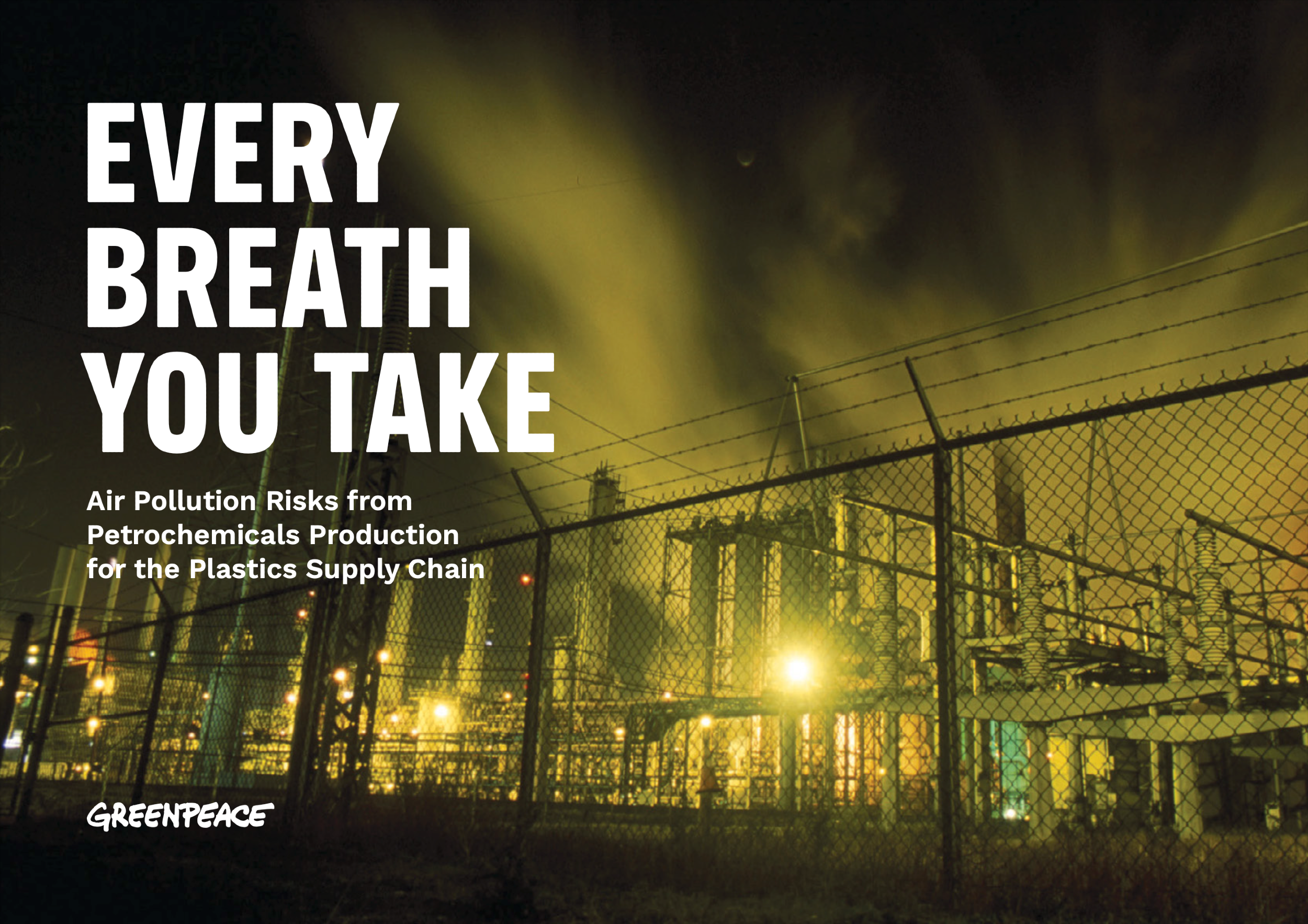Climate change is a complex and multi-faceted problem, and long-term photography projects can bring greater depth and understanding of environmental stories.
Greenpeace spoke to four photographers – Swastik Pal, Nadia Bseiso, Amilton Neves and Agoes Rudianto – who have been working on long-term environmental projects. Through their lens, they are documenting the effects of climate change, which is felt in all corners of the world, some more than others.
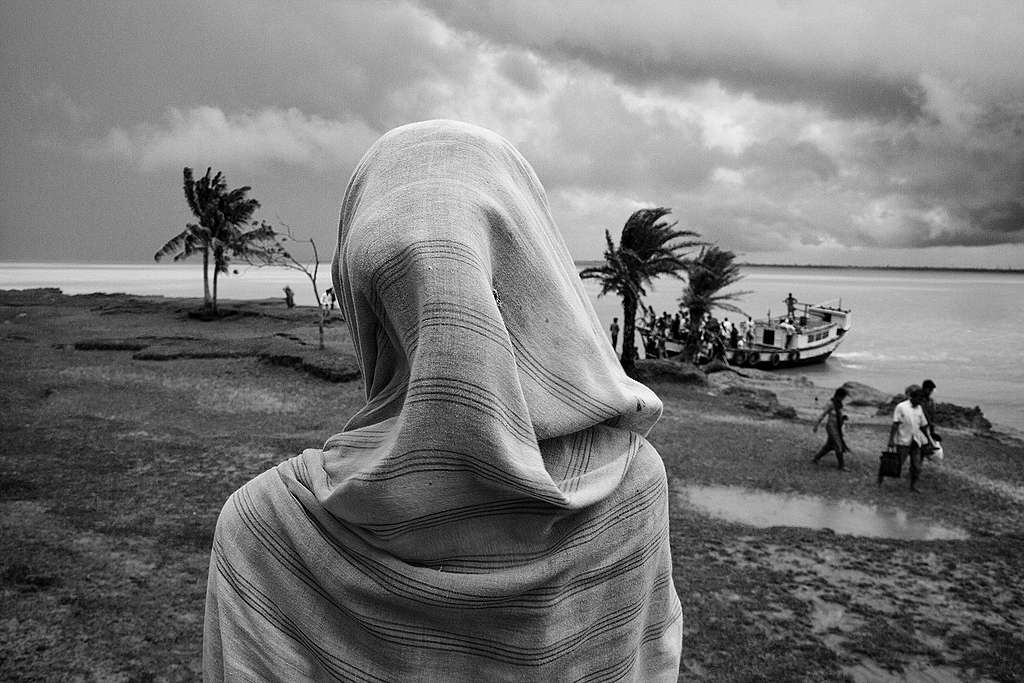
Places like the Sundarbans, India and Jakarta, Indonesia are already facing the severe consequences of rising sea levels, floods and intense storms, while regions like the Fertile Crescent in the Middle East are suffering from extreme heat and drought. Meanwhile, Mozambique is experiencing extreme and variable weather. At the heart of the stories are the lives of those most directly affected by these climate crises, and they are often already the most vulnerable.
In taking the long-term approach in telling these stories, these photographers are delving into the issues and forming deeper connections while delivering evolving and compelling narratives.
Their works use the power of photography to draw attention to environmental issues but the buck does not stop there. As Nadia Bseiso points out, “With environmental issues, awareness is the first step but action is what we need.”
Swastik Pal – India
For the last six years, Calcutta-based photographer Swastik Pal has been working on his long-term project focused on the Sundarbans – a mangrove area in the Bay of Bengal, also known as The Tide Country. He is documenting the last inhabitants of the islands in the delta complex that are rapidly losing landmass due to global warming and rising sea levels.
Swastik started the first chapter of the story, The Hungry Tide Project, in 2014 as his final year diploma project. The work sparked “an affair with the Sundarbans which doesn’t seem to cease” and after he had submitted his project, he returned to the area to visit the people he had photographed.
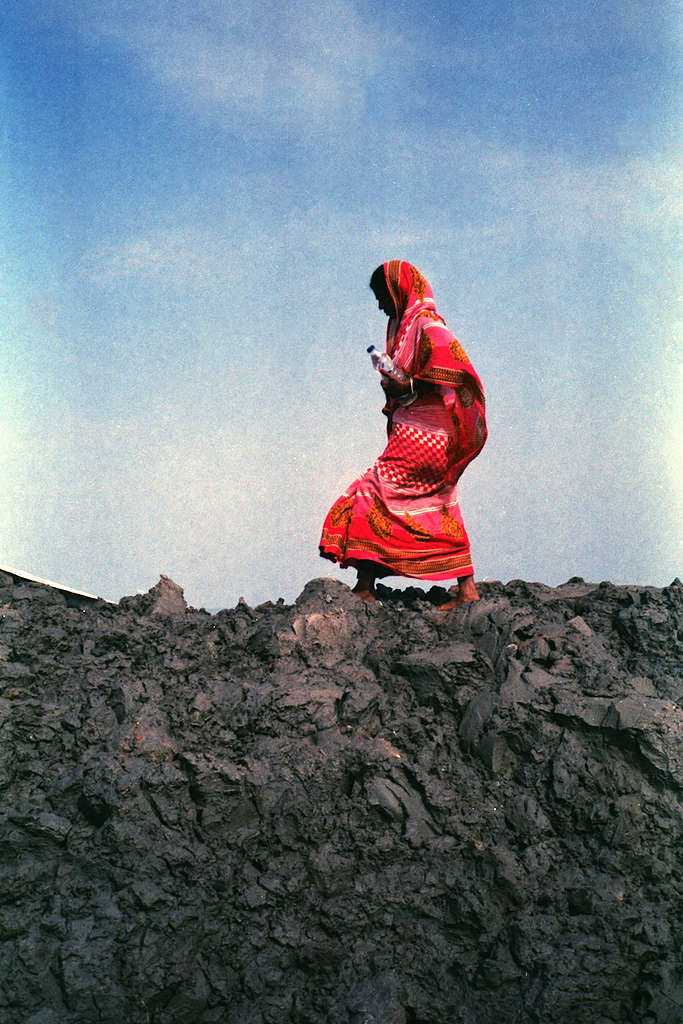
He was shocked. “Within a year of my first visit, the entire landscape had altered so drastically that it took me quite some time to believe I was at the same island.”
Swastik has since been returning to the area every two months to photograph and work on the second half of the project, The Tide Country. “I’ve tried to subconsciously make images reflect a certain stoic response to the wrath of nature,” he says.
Nature has been both a benefactor and an opponent to the people who live in the Sundarbans. Increasing salinity in the water and soil are rendering once-fertile land unsuitable for cultivation. High tides are breaching the embankments, while swollen rivers fed by life-giving water from the Himalayas are overflowing their banks causing floods. The elders on the island tell Swastik that the storms are becoming more frequent and fiercer.
As the islanders are being displaced, they head to the cities or other parts of India in search of work. But with COVID-19, many of them are forced to return to their villages. “For me this was the strongest story, where migrants were coming back from big cities for safe shelter in their homes only to find entire villages submerged and houses destroyed,” says Swastik.
He feels he is not in a position to claim to be an activist or someone who can change the lives of the islanders. “I am a cynical person quite wary of mainland politics, and I’m not too sure if my work or any work whatsoever can change the fate of the island. If it does, even as a catalyst, it’d be really beautiful.”
Instead, he wants his work to be a conversation with the islanders: “To listen to the fascinating tales of Sundarbans and patiently try and understand this way of living in such hostile conditions.” When working on the project, Swastik has witnessed many acts of resilience in the face of extreme adversaries.
“Here, there is a constant tussle between human existence and the sea, to stop land from being dragged away and an impending conflict between human and wildlife. Islands, once home to several thousand people are at risk of being washed away forever, or have already been submerged.”
Nadia Bseiso – Jordan
Amman-based photographer Nadia Bseiso started work on Infertile Crescent in 2016 as a part of the Arab Documentary Photography programme, and recently won the Aftermath Grant to continue with the project.
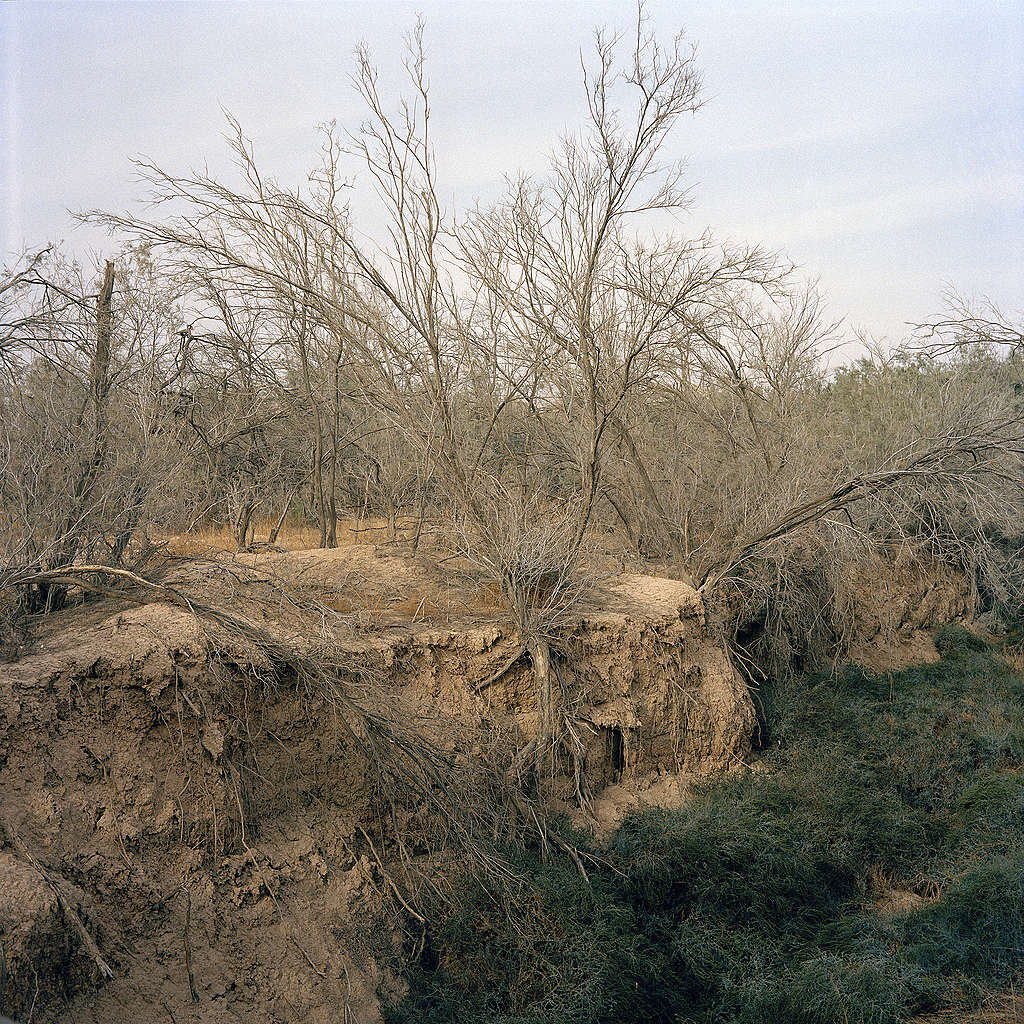
The project focuses on the Fertile Crescent, a region in the Middle East once called the Cradle of Civilisation and spans present-day Jordan, Palestine, Lebanon, Syria and Iraq. Once a lush and flourishing area, severe droughts and increased demands on the area’s water sources have led to the depletion of the once-fertile soil. Water scarcity and environmental strains have contributed to geopolitical tensions and instability to the region. With this project, Nadia seeks to ask the question, can the area still be fertile?
Through her travels in the region, Nadia believes that it still can be. “The land is not barren, the land is thirsty,” she writes in the captions of her images. Having seen traces of fertility in the land, she has hope of the land’s resilience in its ability to grow back.
“Once upon a time, we had a maternal relation with Mother Nature, ancient civilizations cherished this sacred bond and knew they should not break the bliss. The question is, how about now, do we still have this bond?” she says.
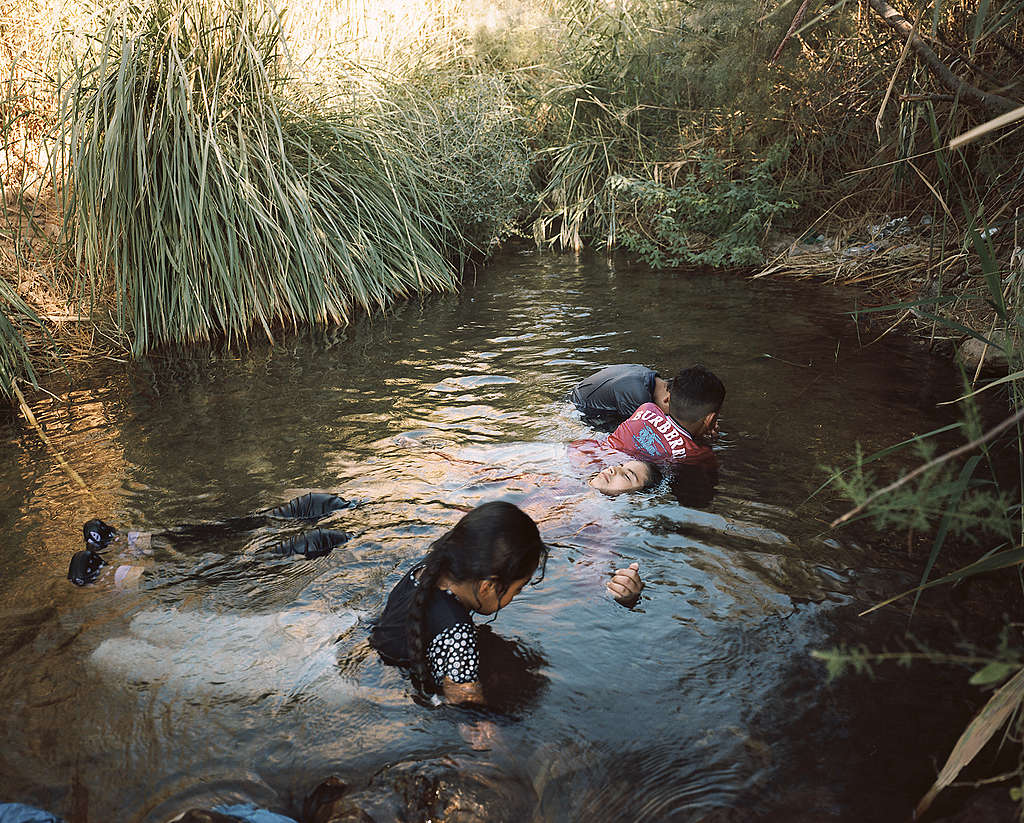
Her long-term, on-going project is divided into four chapters, with each chapter delving into the complexity of Jordanian geopolitics, as well as its historical importance since biblical times. The first chapter is about the building of the Red-Dead Sea salvation pipeline, while the rest of the chapters will involve documenting the landscapes of the surviving villages resting on man-made borders.
Nadia is realistic about the changes that can be brought about with the project. “The reality of what kind of real change visual storytelling can bring, is subjective. Visual storytelling can break stereotypes, shed light on forgotten issues, and bring awareness to important issues including water scarcity that can affect our livelihood in the future,” she says.
“My aim is to trigger the viewer to question, how and why we have reached this point. Maybe if they do see that, it can provoke a change in individual behavior that can bring us closer to a more realistic change.”
Amilton Neves Cuna – Mozambique
Mozambique-based photographer Amilton Neves Cuna started the project Invisible Hands in early 2019. He is interested in exploring Chinese investment and business practices in Mozambique, specifically within the timber industry. His objective is to document how nature is being treated and the impact of destructive practices on the environment.
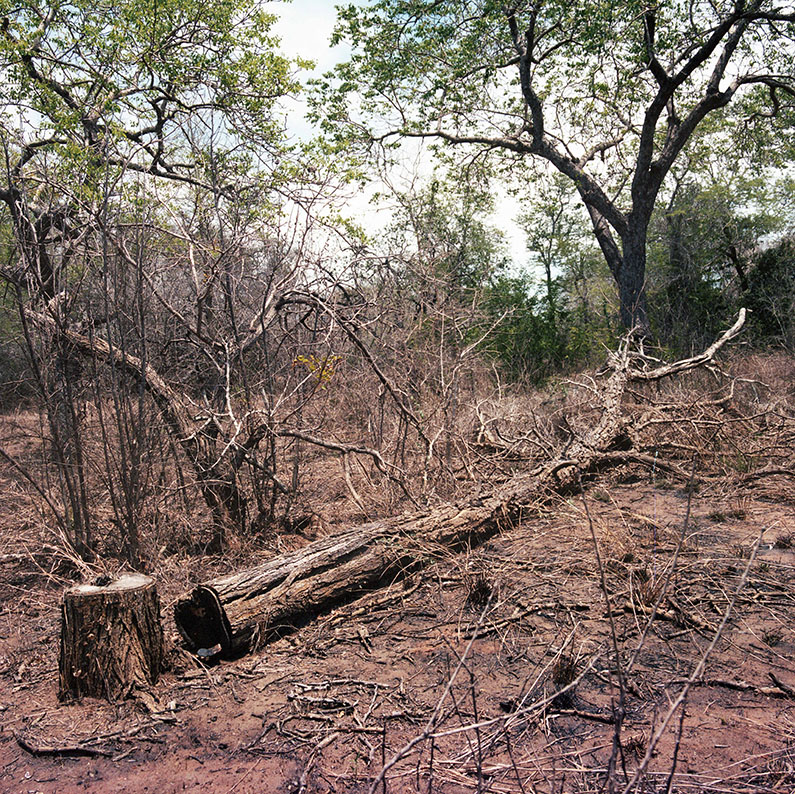
“Trees now are being cut without any plan to replace them which will have severe long-term consequences on the land. Ultimately, I would hope that raising this awareness would equip communities and people to advocate for the preservation of their environment,” says the photographer who was recently announced as a World Press Photo 6×6 Africa Talent.
Mozambique is already vulnerable to climate change due to its location and geography. In 2019, two deadly cyclones tore through the country, costing countless lives and widespread damage. “The impact of these storms demonstrates how the effects of our choices around the world, which enable and accelerate climate change, are rarely felt in the backyards of the polluters but often hits the poorest the hardest,” says Amilton.
His project is currently focused on the Northern provinces, specifically Gondola in Sofala province. In time, he wants to expand to include other provinces such as Cabo Delgao, Inhambane and Gaza. But with field work halted due to COVID-19, Amilton is revisiting the project through desk research and interviews.
“For long-term projects it’s a balance between time and funding, so I am constantly looking for new ways to be able to continue the project while also researching the next phase.”
“My goal is to document the full cycle – how lands are allocated, what happens to the trees once they are cut, how they are processed, and where they end up as a final product. I want to be able to tell the entire story of what is happening to these trees,” he says.
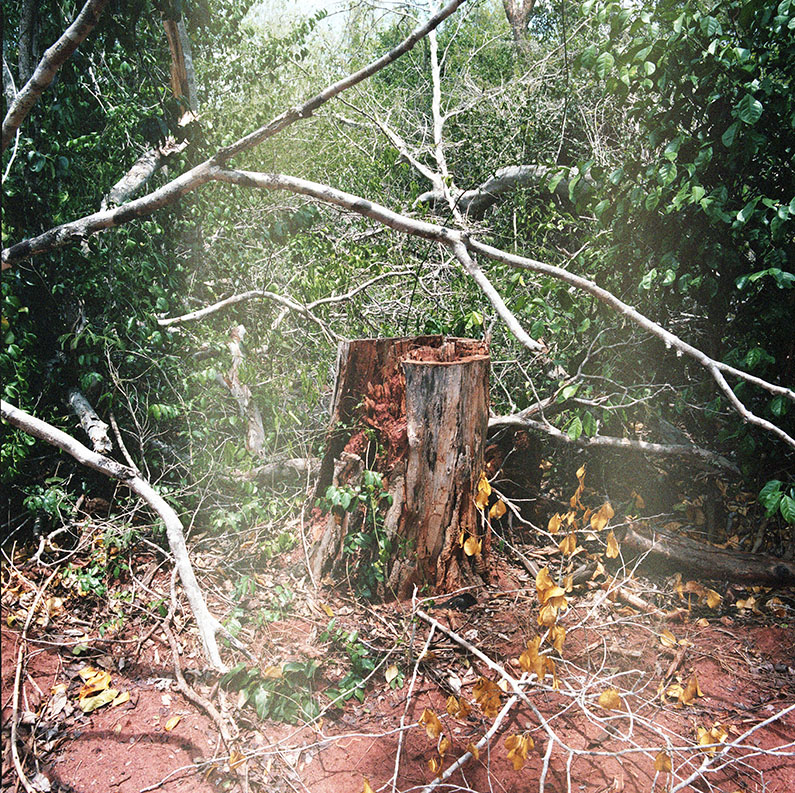
Amilton reckons the project will continue for another year or two to hopefully culminate in a photo book that could also raise money for preservation efforts. In the meantime, he wants to promote the work online through Instagram and online exhibitions.
“We live in a highly visual world, particularly with the Internet and social media,” he says. “Photography has more power than ever to be an agent for change and draw attention to issues all around the world that we would otherwise not know about.”
Agoes Rudianto – Indonesia
Like many coastal cities in the world, Jakarta is sinking. Home to more than 10 million people, Indonesia’s capital city faces the dual threat of rising sea levels and sinking land. While climate change is one of the main causes of the city’s woes, the problem is compounded by illegal groundwater extraction, which is causing the land to sink further. It is estimated that parts of Jakarta are sinking by as much as 10 inches a year.
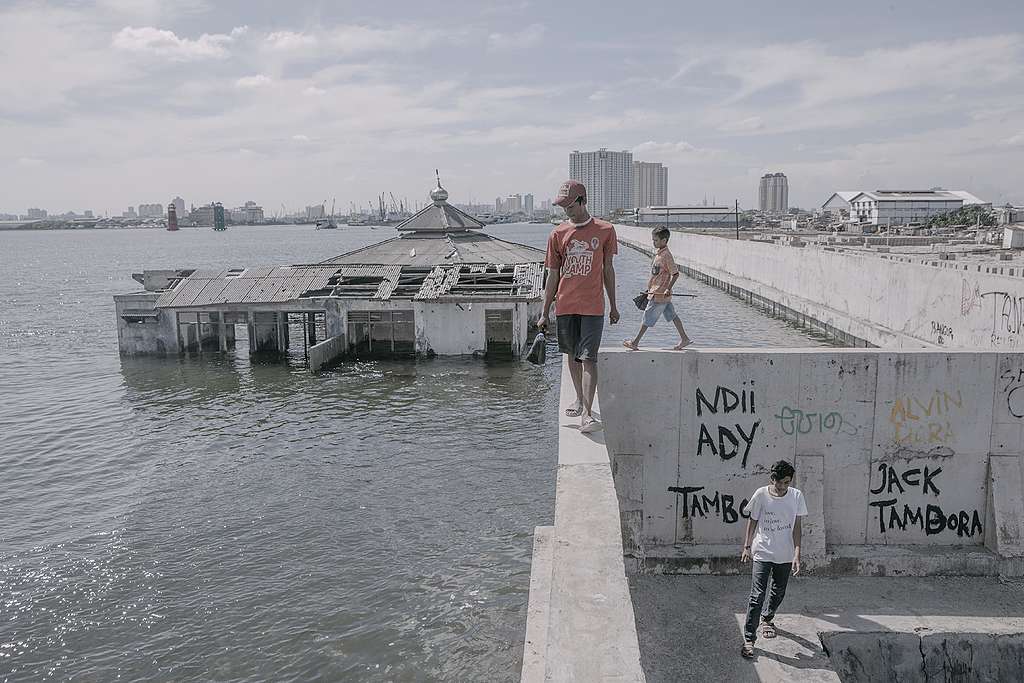
“The problem is made even more complex with the water coming from several areas which are located higher than Jakarta. This has resulted in floods that come almost every year,” says Agoes Rudianto.
Jakarta-resident and photographer Agoes started Sinking City in 2018 as a project for a storytelling workshop. Even when the workshop ended, the independent photojournalist felt a need to continue pursuing the story as a personal project. The focus of his project is on how nature affect the people who live in it, and how they adapt and find solutions to the problems that they face.
For his work, he chases after storms and floods. He has seen big waves crashing on sea walls, causing cracks which residents tried to patch with sand sacks. He has also seen residents affected by floods trying to escape using rubber boats in the middle of the city, leaving behind their homes and possessions.
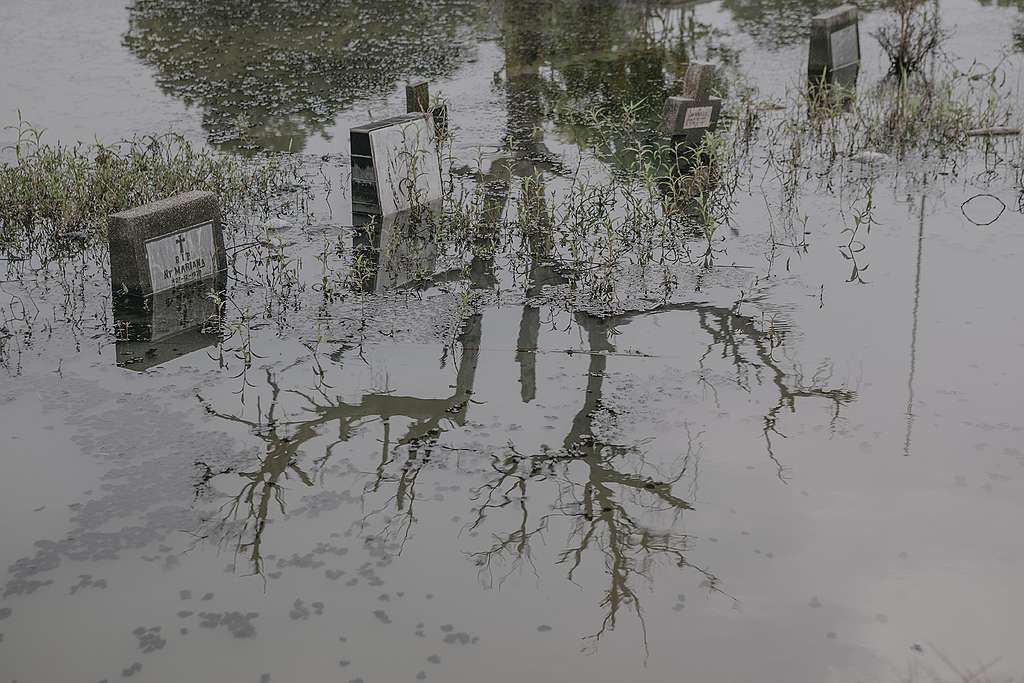
Jakarta has been building defenses against the sea level rise, including the construction of a giant sea wall along the coast. Policymakers are trying to build concrete embankments along the rivers that often overflow whilst relocating the people who live on its banks.
In an on-going project like this, Agoes stays on track by developing a set of questions that he tries to answer visually with his images. When he had presented the work at a talk show, some of the audience were surprised that this was happening in their own city, spurring him on to continue working on the story and finding new ways to get the story out there.
“It has been almost three years now, and I do not yet have a target to complete this project,” he says. “This problem is far from over. I will try to keep pursuing the project for as long as I am living here.”
Freelance writer Tan Lee Kuen is also the creator of Asia Papercamera, an online project about photography in Asia.

